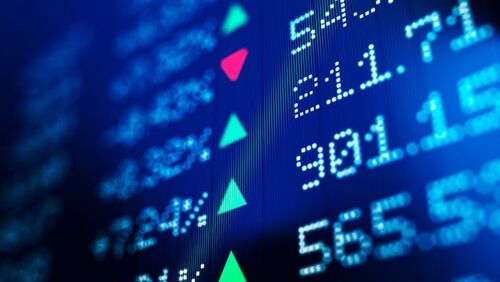Too cool: the Aussie company profiting from F1 success
By Chris Batchelor
Key statistics: ASX: PWR
Closing share price: $2.320
52-week high: $2.710
52-week low: $1.870
Most recent dividend: 1.100c
Annual dividend yield: 2.49%
Franking: 100%
When Jamie Whincup and Craig Lowndes power up Mount Panorama in their Holden Commodore V8 Supercars, they generate a lot of speed, and also a lot of heat.
For the engine to continue operating efficiently that heat needs to be dissipated rapidly.
That is why team Triple Eight Race Engineering use advanced cooling systems manufactured by PWR Holdings (ASX: PWH).
And it is not only V8 Supercars. PWR supplies cooling systems for nine out of 10 Formula One teams. It works with leading Nascar and Indycar teams, touring cars and rally teams all over the world.
The business is still managed from its Gold Coast base and has built its reputation as a leading provider of cooling systems for motor sport.
But increasingly, other markets are starting to come into the mix.
In the December 2017 half year, revenues from motor sport accounted for 55% of group revenues, declining from 60% in the previous corresponding period.
Automotive aftermarket parts accounts for 23% with original equipment manufacture (OEM) and emerging technologies accounting for about 10% each.
OEM involves producing cooling systems for production cars.
PWR has a number of contracts, primarily for prestige brands such as Porsche, Aston Martin and Pagani which involve production runs of a few hundred cars, but it also has one contract to supply a production run of about 8000 vehicles.
PWR has a strong research and development focus. Its intellectual property includes trade secrets, knowledge and some registered patents.
It is currently generating about 10% of revenue from emerging technologies but this area is anticipated to increase as it invests in facilities that are expected to start delivering benefits in 2018-19.
It is developing cooling technologies for applications in broader industries including aerospace, storage batteries in the energy sector, high powered drones and electric cars.
A robust balance sheet is another strength, with negligible debt and about $3 million in cash. Cash flow generation is strong which is enabling the company to fund additional investment out of cash reserves.
Revenue grew strongly from 2013 to 2016. In 2017 revenue grew by 12.8% in constant currency terms but this was reduced to only 1.6% in Australian dollar terms. Unfavourable currency movements hit the bottom line hard and net profit actually declined slightly.
While currency movements impact reported earnings in the short term, they are less of a concern in the long term. The business has natural hedges with manufacturing facilities in the USA deriving a large portion of the USD revenue.
There is more exposure to the pound as PWR does not have manufacturing facilities in the UK, but uses partial foreign exchange hedging.
The impacts of currency are hard to predict and can go either way, so long-term investors do not usually focus on it a lot, provided the business can manage its exposures.
Revenue and earnings growth are forecast to be strong over the next three years. PWR earns profit margins in the high 20s and return on equity in the mid 20s. These numbers are reflective of a very healthy business.
In terms of valuation it is fairly priced. A forward PE ratio of 22 is not cheap, but nor is it outrageous for a business with a strong growth profile.
The dividend yield is fairly low at 2.5% but this reflects the focus on reinvesting for growth. The share price may not drive as fast as a Pagani Zonda, but the investment in technology may help smooth out the bumps for the years ahead.
Get stories like this in our newsletters.


